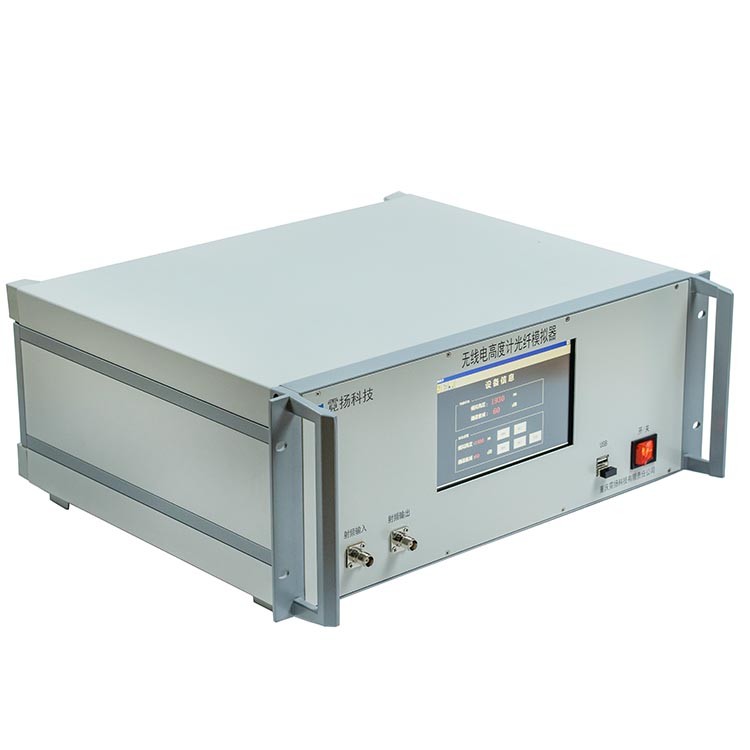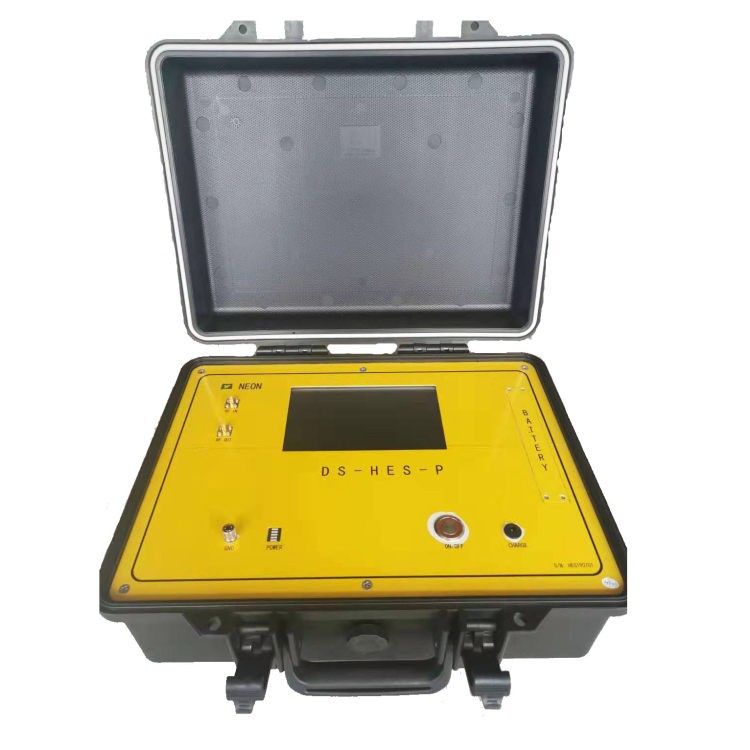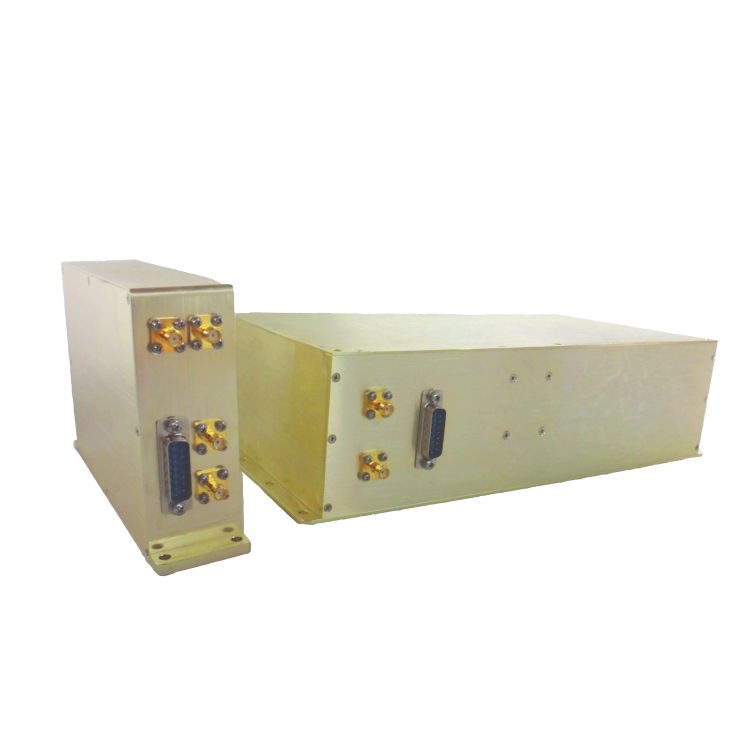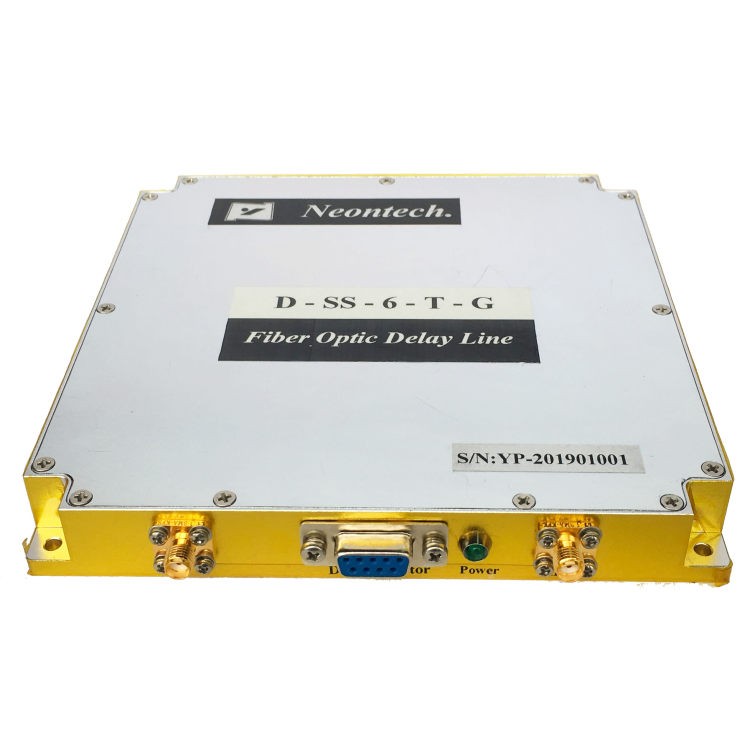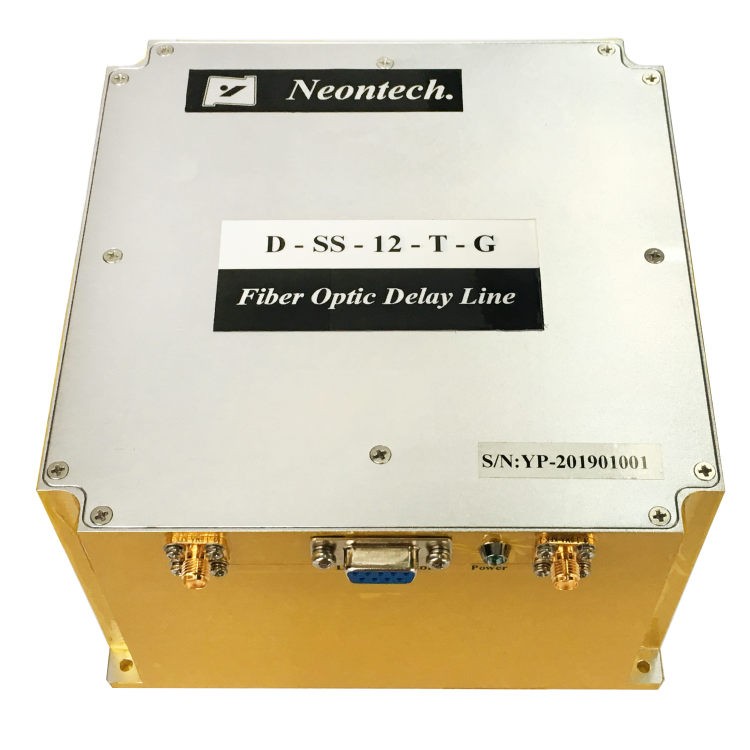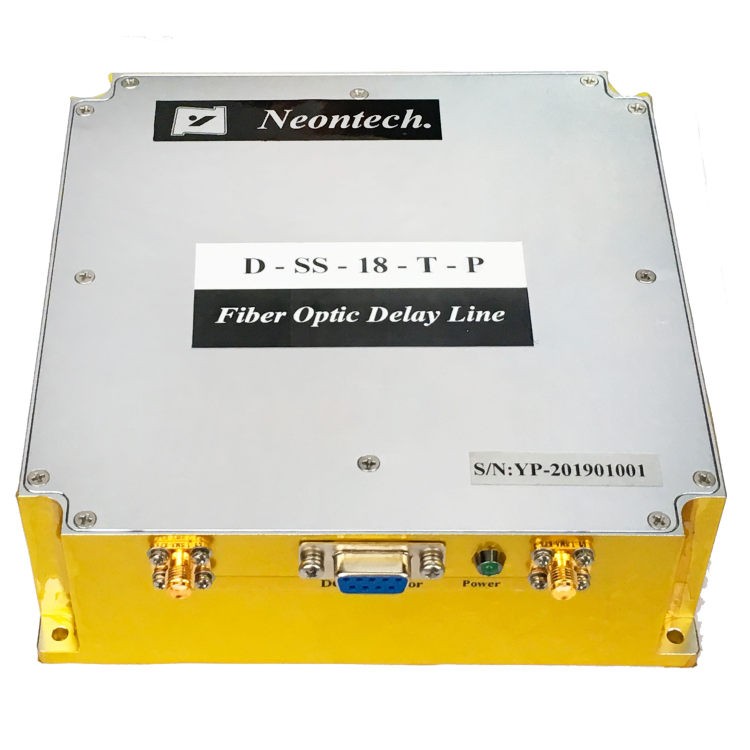Optical Simulators and Their Applications
The realm of optics plays a crucial role in various scientific and technological endeavors. From crafting high-resolution lenses for telescopes to designing intricate optical communication systems, understanding light propagation and manipulation is paramount. In this quest for optimized optical performance, optical simulators have emerged as powerful tools, offering a virtual environment to analyze and predict the behavior of light within a designed system. This article delves into the world of optical simulators, exploring their principles, applications, future prospects, and the importance of calibration in ensuring accurate results.
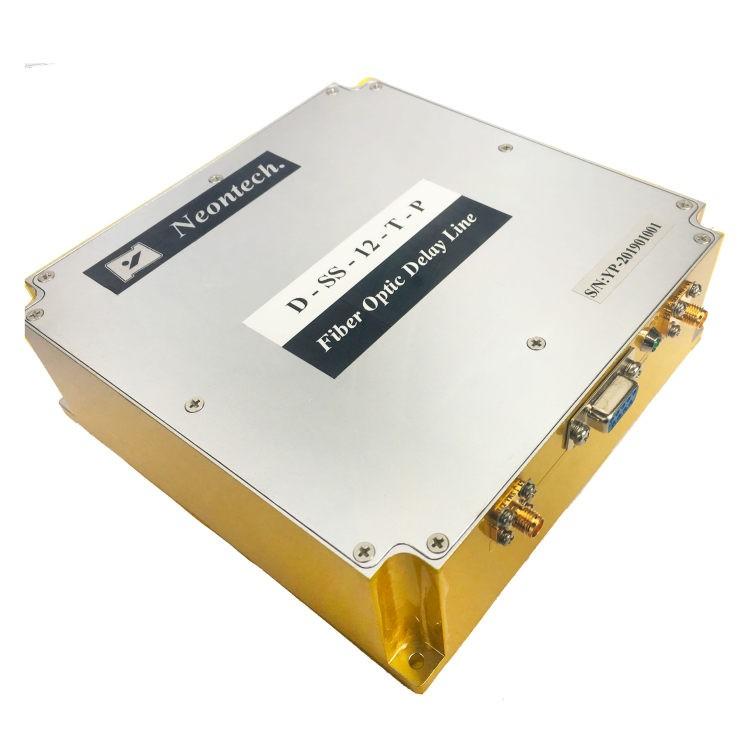
What are Optical Simulators?
Optical simulators are computer-aided design (CAD) tools specifically tailored for the field of optics. They leverage the combined power of computational algorithms and established optical principles to simulate the interaction of light with various optical components. This simulation environment allows researchers and engineers to virtually construct and test an optical system before its physical realization. By mimicking the real-world propagation of light through elements like lenses, mirrors, and fibers, optical simulators predict the system’s performance in terms of factors like image quality, light intensity distribution, and overall functionality.
The core functionalities of optical simulators lie in three key areas:
- Ray Tracing: This technique mathematically tracks the paths of individual light rays as they travel through the simulated optical system. By calculating the interactions of these rays with different optical components, the simulator predicts the formation of images or the propagation of light beams within the system.
- Interference Phenomenon Simulation: Light exhibits the property of interference, where light waves can interact and constructively or destructively affect each other. Optical simulators can model this phenomenon, allowing researchers to predict the impact of interference on factors like image clarity and spectral properties.
- Wavefront Aberration Analysis: As light propagates through an optical system, imperfections in the components can introduce distortions in the wavefront, the overall shape of the propagating light wave. These distortions, known as aberrations, can significantly degrade the performance of the system. Optical simulators can analyze the wavefront of the simulated light beam, identifying and quantifying potential aberrations.
Applications of Optical Simulators
The versatility of optical simulators translates into a wide range of applications across various scientific and technological disciplines. Here are some prominent examples:
- Optical Imaging: Simulators play a crucial role in optimizing lens design for applications like telescopes, microscopes, and camera lenses. By simulating the behavior of light through different lens configurations, researchers can predict image quality, field of view, and minimize potential aberrations.
- Lighting System Design: Designing efficient and effective lighting systems for diverse applications, such as architectural lighting, automotive headlights, and stage lighting, relies heavily on optical simulation. Simulators can predict light distribution patterns, ensuring optimal illumination and minimizing energy waste.
- Fiber Optic Communication: The efficient transmission of light signals through optical fibers is critical for modern communication networks. Optical simulators are used to model signal propagation characteristics within fibers, helping to optimize fiber design, minimize signal attenuation, and maximize data transmission rates.
- Laser Technology: Laser systems are employed in various fields, from material processing to healthcare. Optical simulators can be used to model laser beam propagation, predict beam quality and divergence, and optimize the design of laser cavities for specific applications.
- Biomedical Optics: The interaction of light with biological tissues is crucial for various medical technologies like optical imaging and laser surgery. Optical simulators can be used to model light propagation within tissues, aiding in the design of diagnostic tools and therapeutic devices.
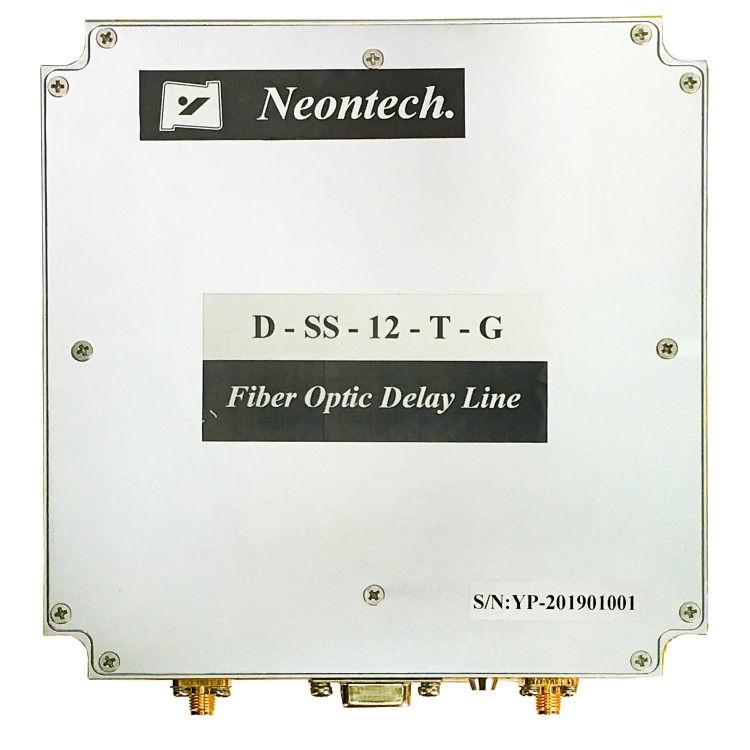
Factors Impact on The Future of Optical Simulation
As advancements in computational power and optical science continue, the capabilities of optical simulators are poised for further evolution. Here are some key trends shaping the future of this technology:
- Higher Accuracy: As computational algorithms become more sophisticated, optical simulators will achieve even higher levels of accuracy in predicting the behavior of light. This will enable the design of more complex and high-performance optical systems.
- Multifunctionality: Moving beyond basic light propagation, future simulators will incorporate additional functionalities. They might model the interaction of light with various materials, simulating phenomena like absorption, reflection, and scattering. This will provide a more comprehensive understanding of light behavior within a system.
- Intelligence: Artificial intelligence (AI) and machine learning are poised to revolutionize optical simulation. AI-powered simulators could automatically optimize system designs based on desired performance criteria, significantly accelerating the development process.
- Multi-Physics Field Simulation: Optical systems often interact with other physical fields, such as heat and mechanical stress. Future simulators might integrate multi-physics field simulation capabilities, providing a more holistic view of system behavior.
- User-friendliness: As the complexity of optical simulators increases, user-friendliness becomes even more important. Future software will likely emphasize intuitive interfaces, automated workflows, and user-friendly data visualization tools.
The Relationship Between Variable Optical Delay Lines and Optical Simulators
While optical simulators offer a powerful virtual environment for analyzing light behavior, there are situations where physical manipulation of light is necessary. In such cases, specialized optical components called variable optical delay lines (VODLs) come into play. Unlike traditional optical simulators that operate in the digital realm, VODLs provide a physical means to introduce a controlled delay in the propagation of light pulses within an optical system.
VODLs exploit various mechanisms to achieve this delay. Here are some common types:
- Fiber-optic Delay Lines: These utilize spools of optical fiber to create a longer path for light to travel. By adjusting the length of the fiber loop within the VODL, the delay introduced can be precisely controlled.
- Free-space Delay Lines: These rely on reflecting mirrors positioned at variable distances to create a longer path for light to travel. By adjusting the distance between the mirrors, the delay can be manipulated.
- Acousto-optic Delay Lines (AODLs): These utilize the interaction of sound waves and light within a crystal to introduce a delay. By controlling the sound wave frequency, the delay experienced by the light pulse can be precisely adjusted.
The applications of VODLs are particularly relevant in scenarios where precise timing control of light pulses is crucial. Here are some prominent examples:
- Optical Coherence Tomography (OCT): This imaging technique relies on the interference of light waves to create high-resolution images of biological tissues. VODLs are used to precisely control the path length difference between reference and sample light beams, enabling the generation of high-quality OCT images.
- Mode-locked Lasers: These lasers produce ultrashort pulses of light with precisely defined temporal characteristics. VODLs can be used to manipulate the timing of these pulses within a laser cavity, enabling the generation of pulses with specific pulse durations and repetition rates.
- Optical Communication Systems: In high-speed communication systems, VODLs can be used to compensate for path length differences between different signal paths, ensuring synchronized arrival of data packets at the receiver.
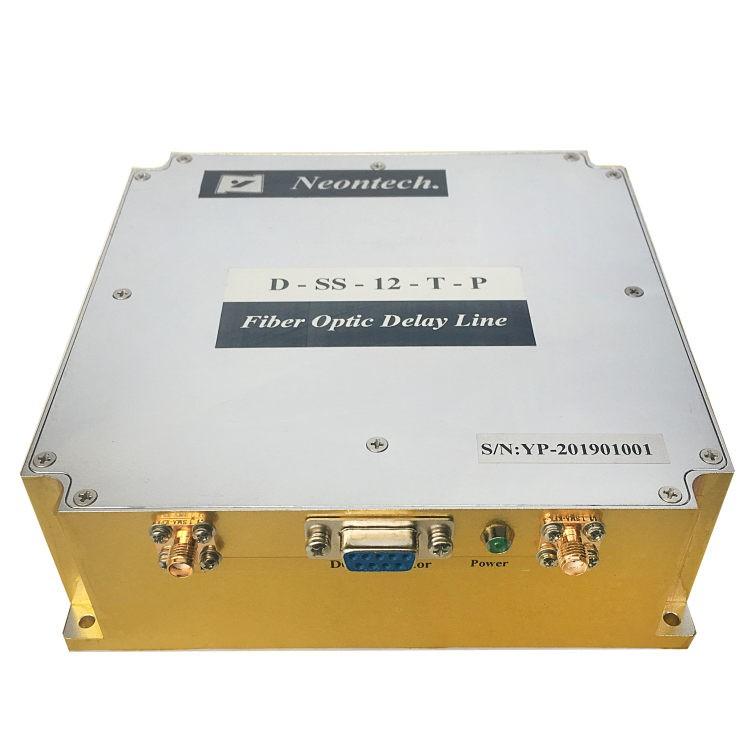
The Importance of Calibration for Both Optical Simulators and VODLs
Both optical simulators and VODLs play critical roles in optimizing the performance of optical systems. However, for their results to be reliable, it’s essential to ensure their accuracy through proper calibration.
1. Calibration of Optical Simulators
Optical simulators rely on sophisticated algorithms and material property databases to model light behavior. Calibration helps to verify the accuracy of these models by comparing simulated results with measurements obtained from real-world optical systems. This process typically involves using calibrated reference sources and detectors to measure key parameters like light intensity and spectral distribution. By comparing these measurements with simulated results, any discrepancies can be identified and addressed through adjustments to the simulation software’s models and parameters.
2. Calibration of Variable Optical Delay Lines
The performance of VODLs hinges on their ability to introduce precise delays in the propagation of light pulses. Calibration ensures that the actual delay introduced by the VODL matches the programmed or desired value. This process often involves using high-precision timing measurement instruments like pulse lasers and fast photodetectors. By measuring the actual delay experienced by a light pulse traversing the VODL, any deviations from the desired value can be identified and corrected through adjustments to the VODL’s internal mechanisms.
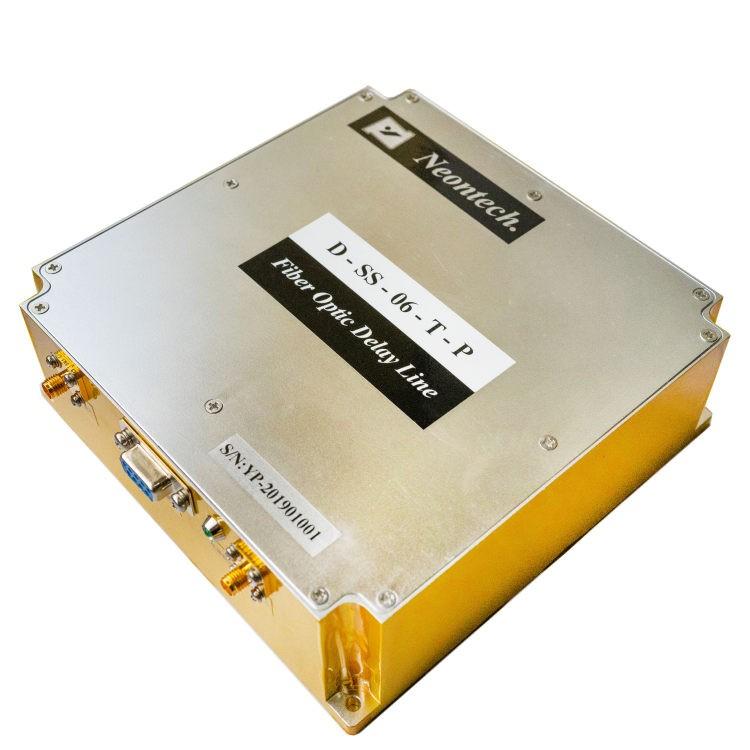
In conclusion, optical simulators and variable optical delay lines are powerful tools that play a vital role in the design, development, and optimization of optical systems. While optical simulators provide a virtual environment for analyzing light behavior, VODLs offer a physical means to precisely manipulate the timing of light pulses. By ensuring the accuracy of these tools through proper calibration, researchers and engineers can leverage their capabilities to create high-performance optical systems across diverse scientific and technological applications.


